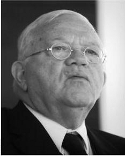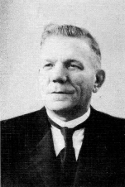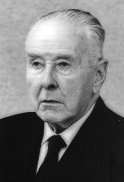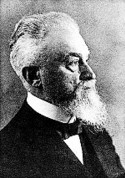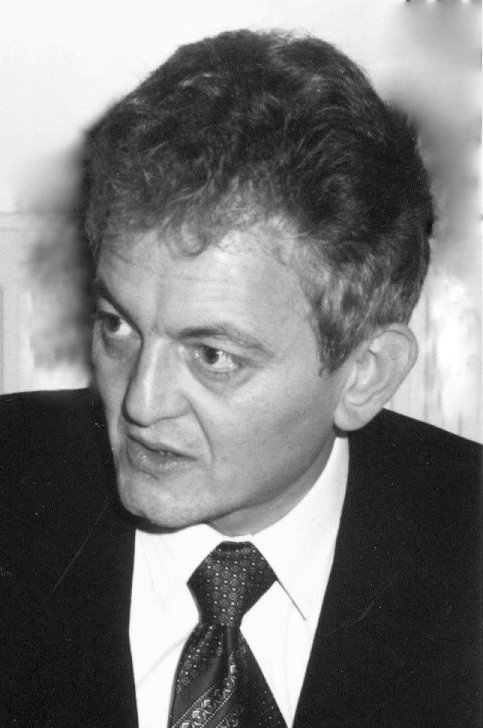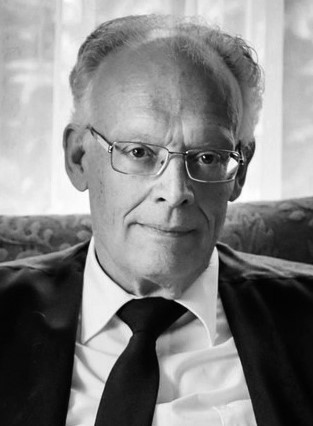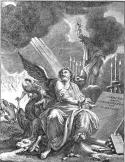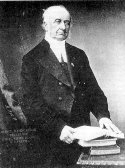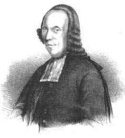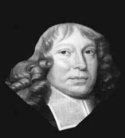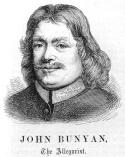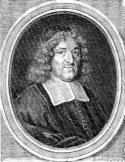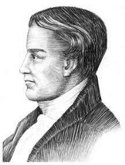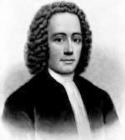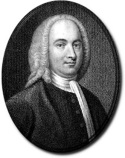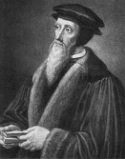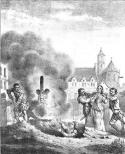George Wishart (1513 – 1546) Schots hervormer, vertaalde de geloofsbelijdenis van Geneve in het Engels. Levend verbrand
Bron: http://www.thereformation.info/georgewishart.htm
George Wishart, was a younger son of John Wishart, laird of Pitarrow in the Mearns. His brother James was clerk of the Justiciary and an advocate (d 1524). George was born about 1513 and was probably first educated at Kings College, Aberdeen where he learnt Greek. About 1538 he taught at a school in Montrose which was the first in Scotland to teach Greek. The teaching of Greek in a grammar school brought Wishart to the attention of the clerics who regarded such teaching as heresy. He was summoned to appear before John Hepburn, Bishop of Brechin in 1538 but prudently he fled into England and became a preacher and lecturer in Bristol, the diocese of the reformer Bishop Latimer. Noted for eloquence and agreeable manner he then fell foul of the dean of the diocese. Called before Archbishop Cranmer he was found guilty of teaching heresy and sentenced to bear a faggot (symbolic of repentance, the burning of which indicated recantation and the burning of the bill or warrant, that would otherwise have been the instrument of his death) at St Nicholas Church in Bristol on 13 July 1539 and in Christ Church parish the following week. Wishart submitted to the penalties but soon departed England for Switzerland in 1540.
During 1542 he was in Germany and Switzerland where Wishart learnt of and became an admirer of the Swiss Confession of Faith, which he promptly translated into his vernacular Scottish tongue. This stay in Switzerland seemed to mature Wishart and in 1543 he went to Corpus Christi (also known as Bennett College) College in Cambridge where he was both a student and a teacher. About 1544 Wishart returned to Scotland and was soon preaching in Dundee where his reputation grew, and also in Montrose, Ayrshire, Leith and throughout East Lothian. It was about this time that the Romish clergy began to be concerned that Wishart was pulling down the fabric of superstition and idolatry that they had so painstakingly set up over the years.
Cardinal David Beaton had succeeded his uncle as Archbishop of St Andrews and he set up Robert Mill, a professor and man of influence in Dundee, to charge Wishart to desist with preaching there. The Earl Marischal and other nobles sought to get Wishart to come north with them but, reluctantly Wishart headed to the West of Scotland and Ayr. Here, however, Wishart came under the malign gaze of Dunbar, Bishop of Glasgow, who proceeded to Ayr intent on stopping Wishart from preaching. In the event the Bishop preached to his cronies in an almost empty church while Wishart preached to a large crowd at the market cross, where the Earl of Glencairn and some gentlemen stood guard. The Earl had offered to put Wishart in the church in the stead of the Bishop but Wishart declined the offer, as he did at Mauchline soon after. He had been asked to preach at Mauchline but the Sheriff of Ayr had put soldiers in the church to keep him out, much to the disgust of Hugh Campbell of Kinzeancleuch , the younger son of Sir George Campbell of Loudon. Again Wishart turned his cheek and declined the offer to take the church by force; instead he preached for over three hours to a very large congregation on the moors to the south of the town.
Wishart had been in the west of Scotland for about a month when word came through that plague had broken out in Dundee just four days after he had left. Overcome with concern for the people he returned there forthwith to preach and to help the sick and poor. It was then that Beaton bribed a priest, John Wightman, to assassinate Wishart. However, the attempt failed as Wishart suspected the affront, grasped Wightman`s hand and took a dagger from him. The people were outraged and wanted the priest given over to them, but Wishart calmed them down and released Wightman. Shortly afterwards Wishart preached in Montrose and administered the Communion where he received a letter from an old friend ( the Laird of Kinnear) . The letter asked that he come and visit as the laird was ill. Wishart`s journey had hardly started when he stopped and declared “I am forbidden by God to go this journey” . He was right to fear for his safety as waiting in ambush were some sixty horsemen ready to intercept him. The letter was of course a forgery.
Before leaving the west Wishart had arranged to meet his friends in Edinburgh. He journeyed from Montrose and stayed the night at Invergowrie with a friend, James Watson. In the night Wishart was observed to get up and go into the garden where he lay prostrate with widespread arms weeping and sighing. Later he revealed that he knew ” my travail is near an end, therefore pray to God for me, that I may not shrink when the battle waxeth most hot.” He arrived in Leith on the 10th December but the meeting with his western friends did not happen. As a result Wishart became restless and perhaps also reckless, as he preached several times in the vicinity even though Cardinal Beaton and the Regent were in Edinburgh. At Haddington he had a very large congregation to hear him but the following day very few. As if a warning of worse to come, the Earl of Bothwell had inhibited the people from attending. In despair Wishart turned to John Knox for wise counsel. On 16 January 1546 at Ormiston the Earl of Bothwell surrounded the house in which he was staying and after many promises of safe conduct and return, Wishart was delivered up to Beaton.
After some days imprisoned in Edinburgh Beaton had prevailed on the Governor to hand Wishart over, who then sent him to St Andrews and his doom. The Governor seemingly had second thoughts but Beaton arrogantly declared that Wishart had only been sent to Edinburgh as a courtesy ” for that he, with his clergy, had power sufficient to bring Mr Wishart to condign punishment”. This flew in the face of established law that only the civil authority could order a death sentence. It also shows the arrogance of Beaton who believed his powers as Legate gave him authority that was superior to the Regent.
At St Andrews all was prepared for a quick conviction and execution. The bishops and clergy convened on 27 February 1546 and the next day Wishart, locked in the sea tower of the castle, received his summons. Wishart`s main accuser was one John Lauder , described as `a virulent enemy of religion” who trotted out all the standard maledictions of Popery in some eighteen articles or charges, to the horror of the common people present. After the haranguing Wishart prayed. The common people were removed whilst the inevitable sentence was read; he was then returned to his castle cell. During the night two friars attended Wishart and desired his confession but were quickly turned away; and an attempt was made by John Winram, the sub prior, to obtain permission to give the Sacrament to Wishart but this was vehemently denied by Beaton. In the morning the captain of the castle informed Wishart that the Sacrament had been refused him, but invited Wishart to breakfast. At the table there was wine and bread which Wishart first covered with a cloth, then prayed and discoursed on the Sacrament for about half an hour. After this he broke bread and dispensed the wine, entreating those present to remember that Christ died for them.
Shortly after the breakfast two executioners arrived and dressed him in black linen coat and fixed some bags of gunpowder around him. A thin rope or cord was placed around his neck; chains around his waist and his hands tied behind his back. Thus prepared he was led to the stake near the cardinal`s palace while the fore tower opposite was hung with tapestries and cushions for the comfort of the prelates watching the execution. Afraid that a rescue attempt might be made, the cardinal ordered all the guns to be manned and no man was to leave his post until the execution was over. Wishart was allowed a few brief words before he was tied to the stake and the fire ignited. The gunpowder about his waist exploded but did not kill him outright which caused the captain of the castle to speak to him and bid him be courageous and to ask pardon of God for his offences. Wishart replied-
“This flame occasions trouble to my body indeed, but it hath in no wise broken my spirit. But he who now so proudly looks down upon me from yonder lofty place, shall ere long be as ignominiously thrown down, as now he proudly lolls at his ease.”
While thus speaking the executioner approached and drew the rope around Wishart`s neck taught, cutting off his last words. Thus a martyr`s crown was won on 1st March 1546. Throughout his suffering Wishart`s meekness and patience was remarkable, while the Popish clergy were jubilant at his death. Beaton was even praised for his courage in refusing the Governor`s order. The people saw it as murder as no writ had been issued nor had the authority to execute been granted by the secular authority.
It has to be said that there are arguements that the Cardinal did not in fact watch the execution of Wishart, nor deployed himself as alleged, nor that the prophecy (above) was spoken. As ever there are the reports of the reformers and the counter reports by the catholic authors. Whether or not they occurred, the substantive fact is that George Wishart was not executed according to law, and that Beaton abused his authority.
History of the King James Bible



